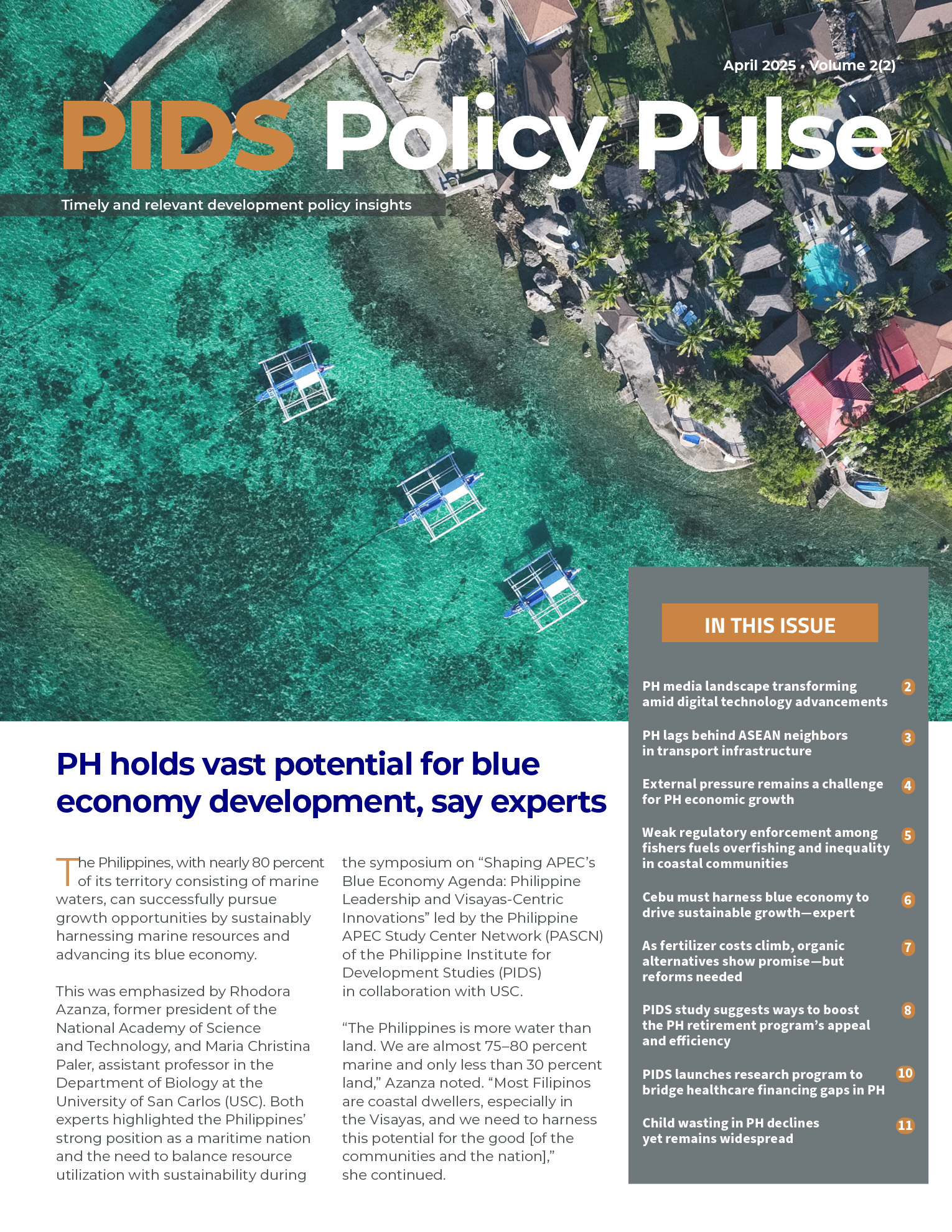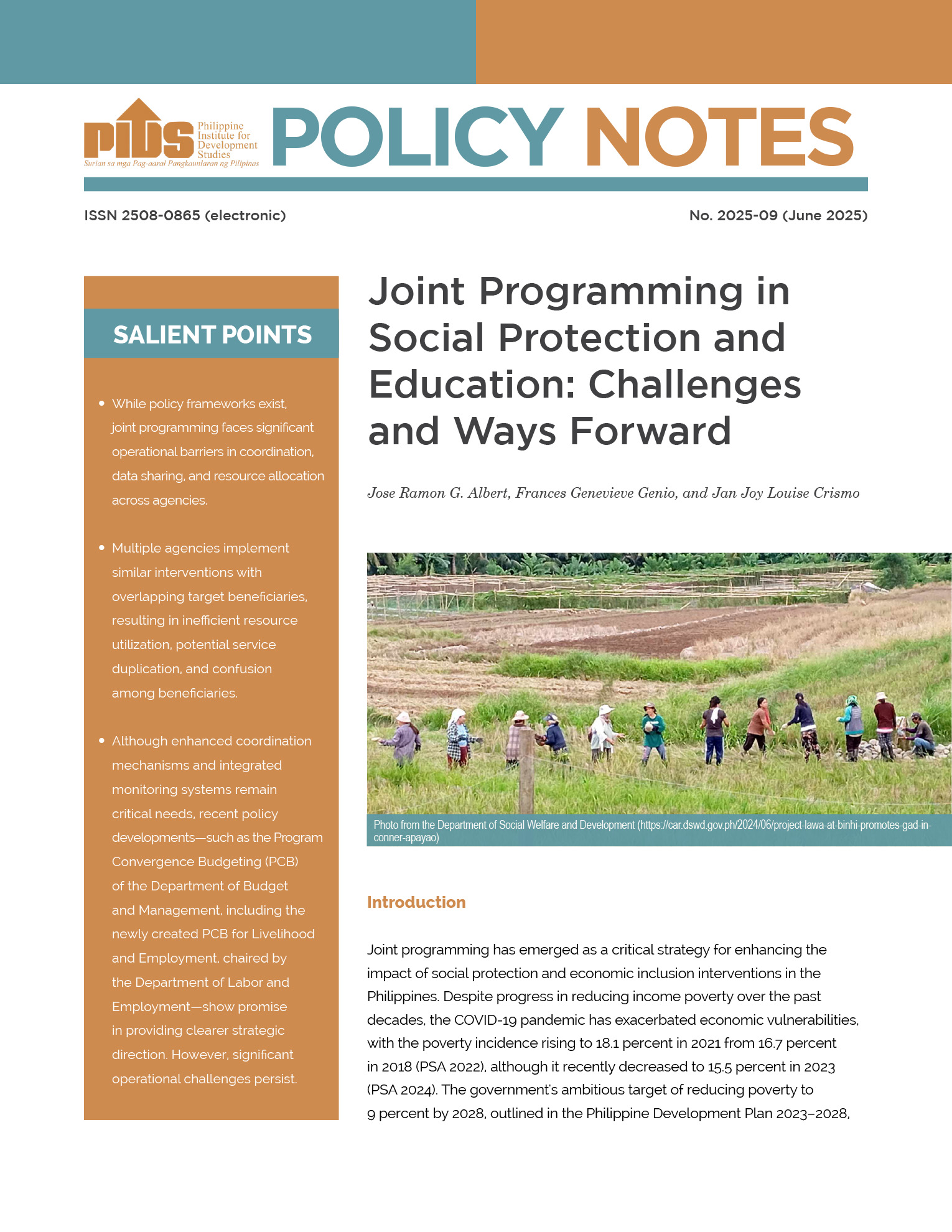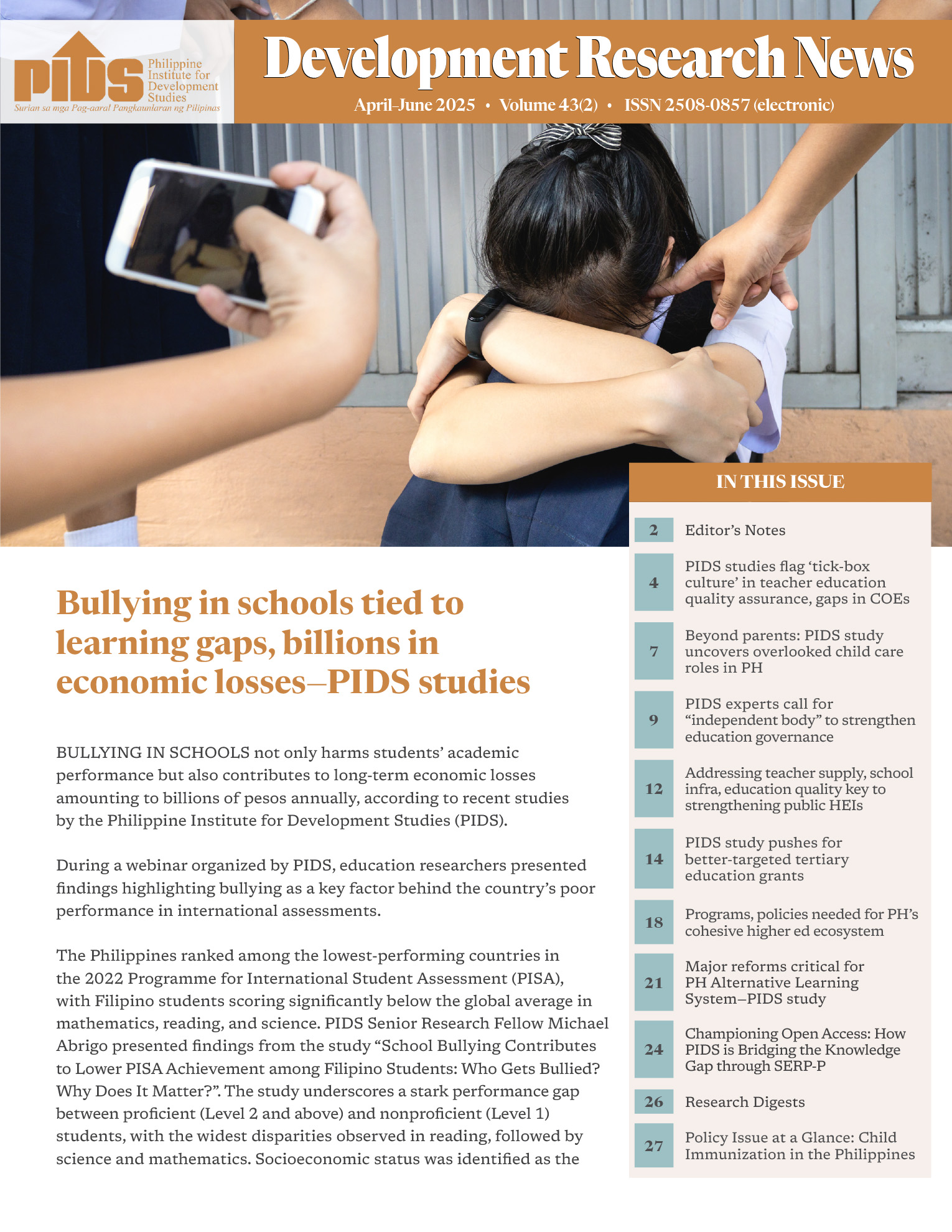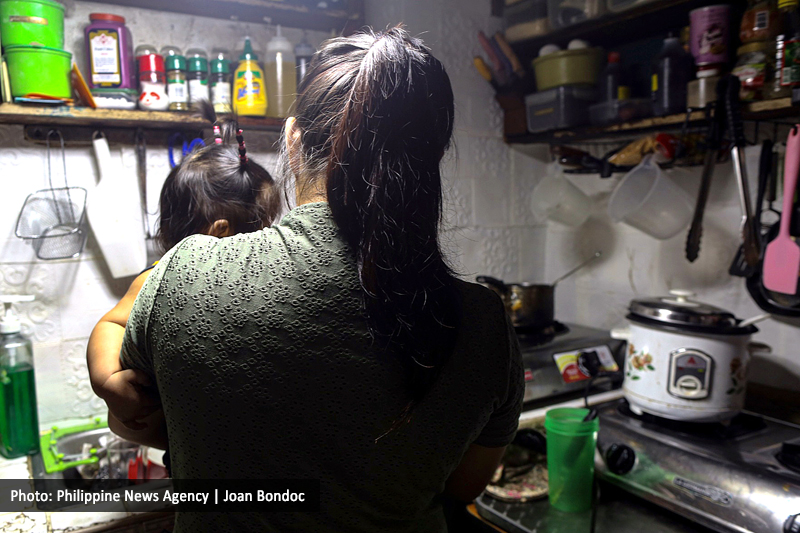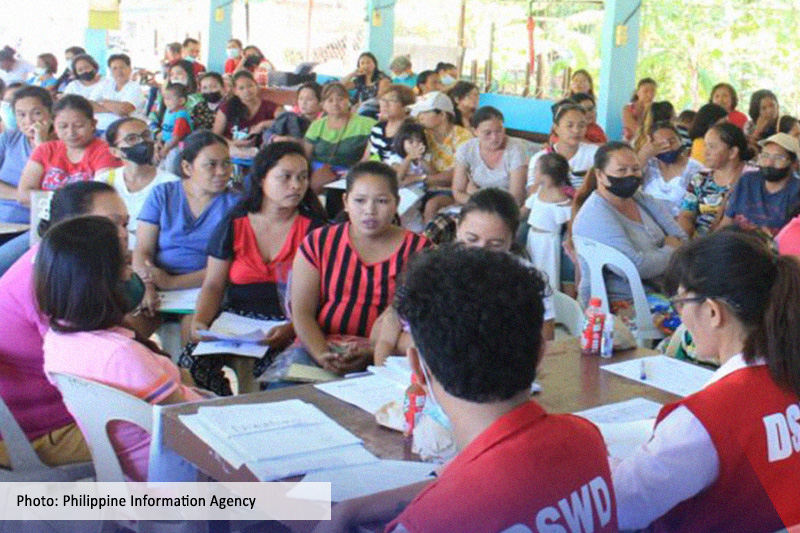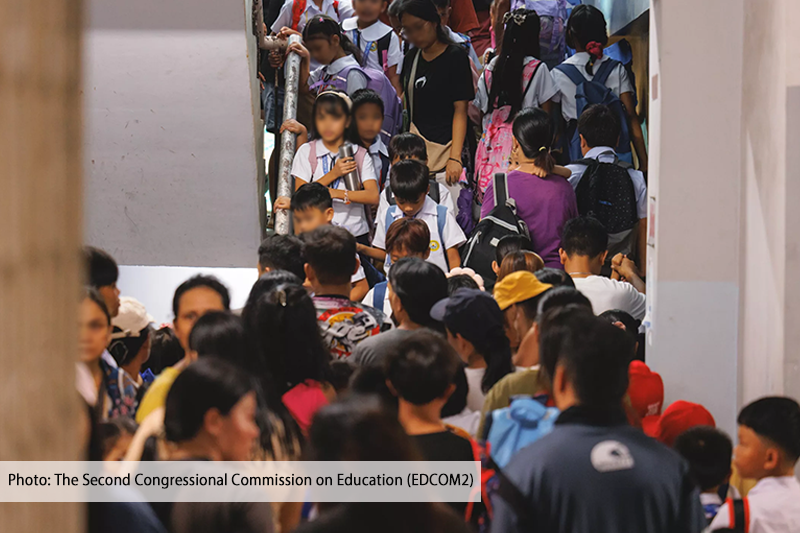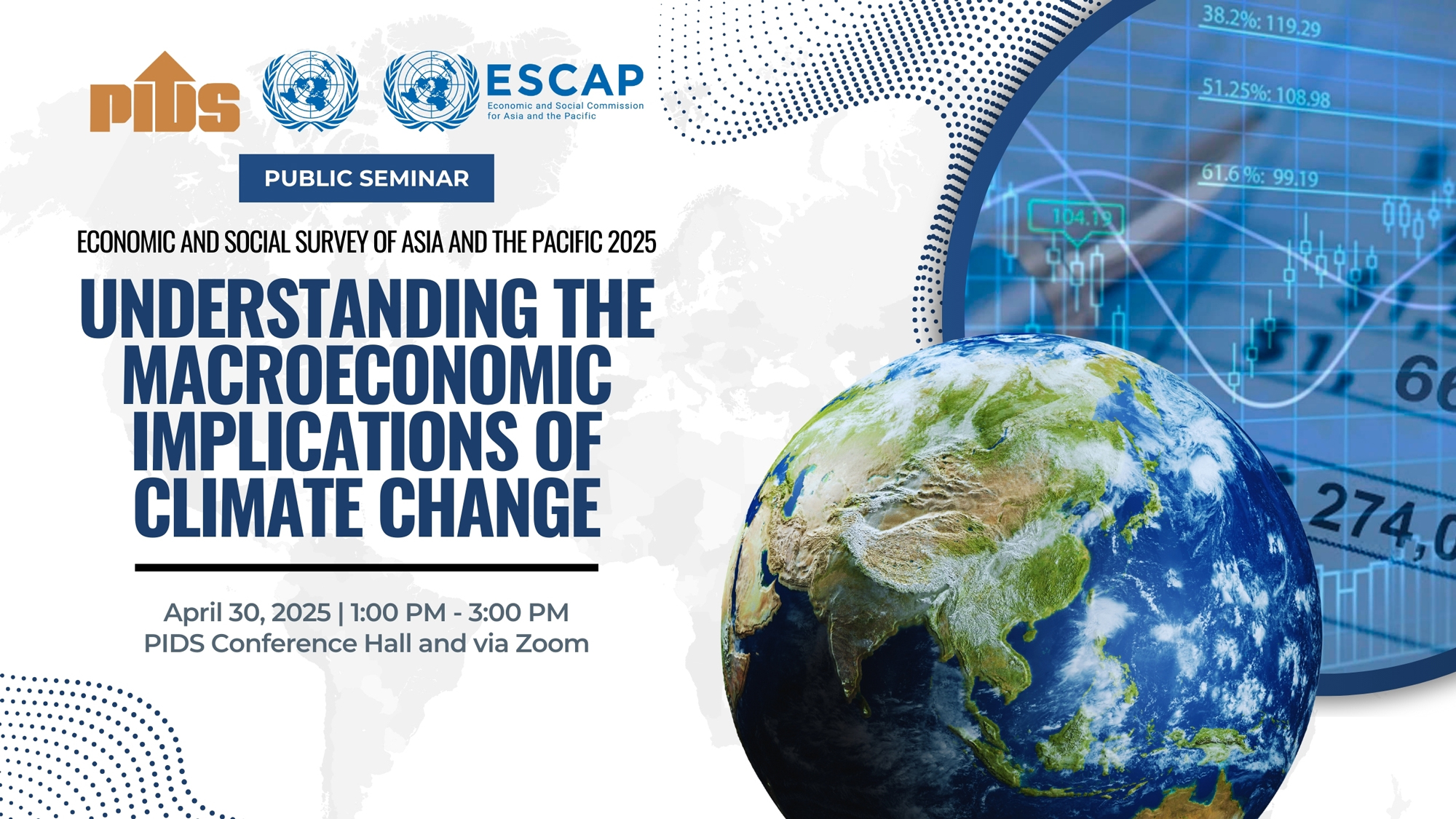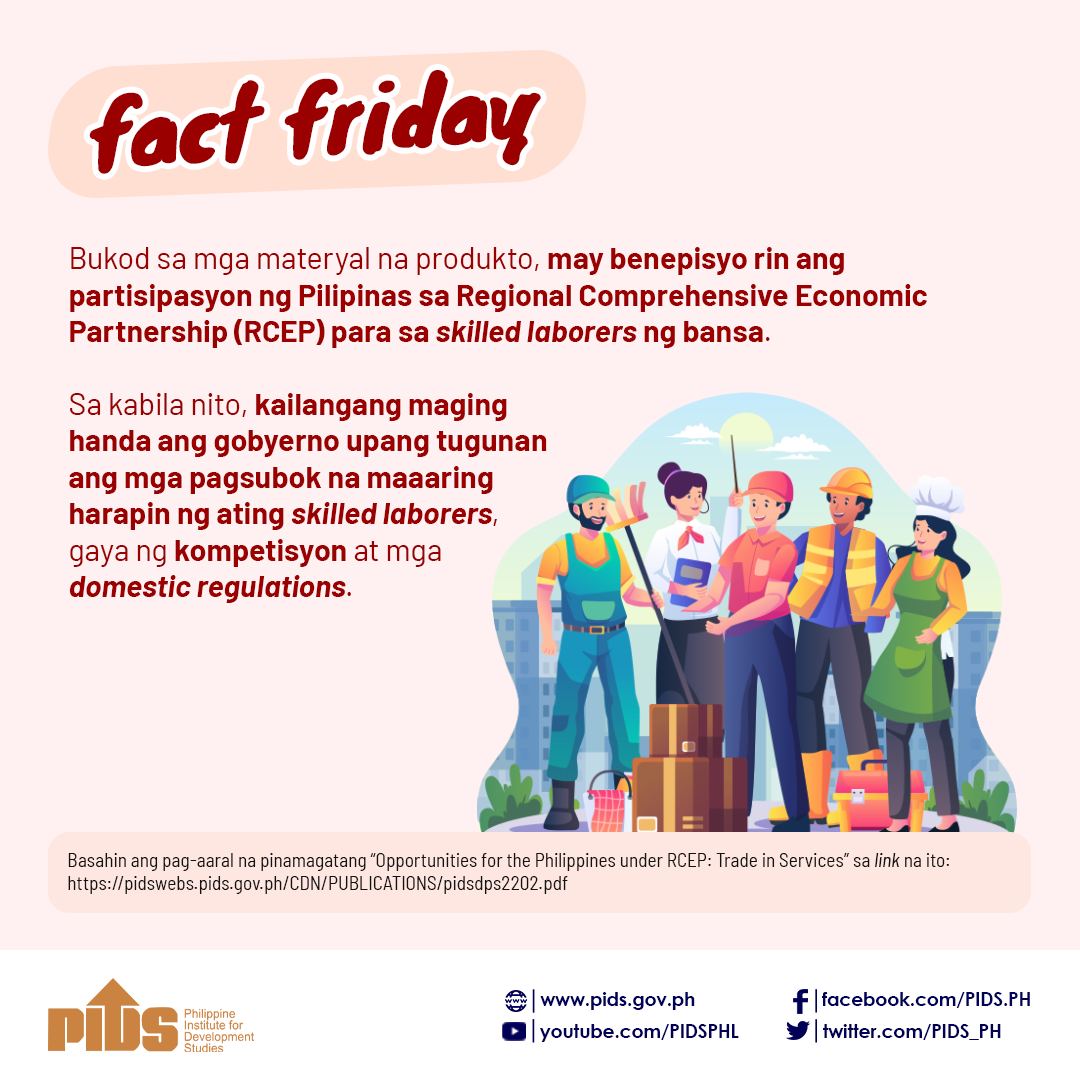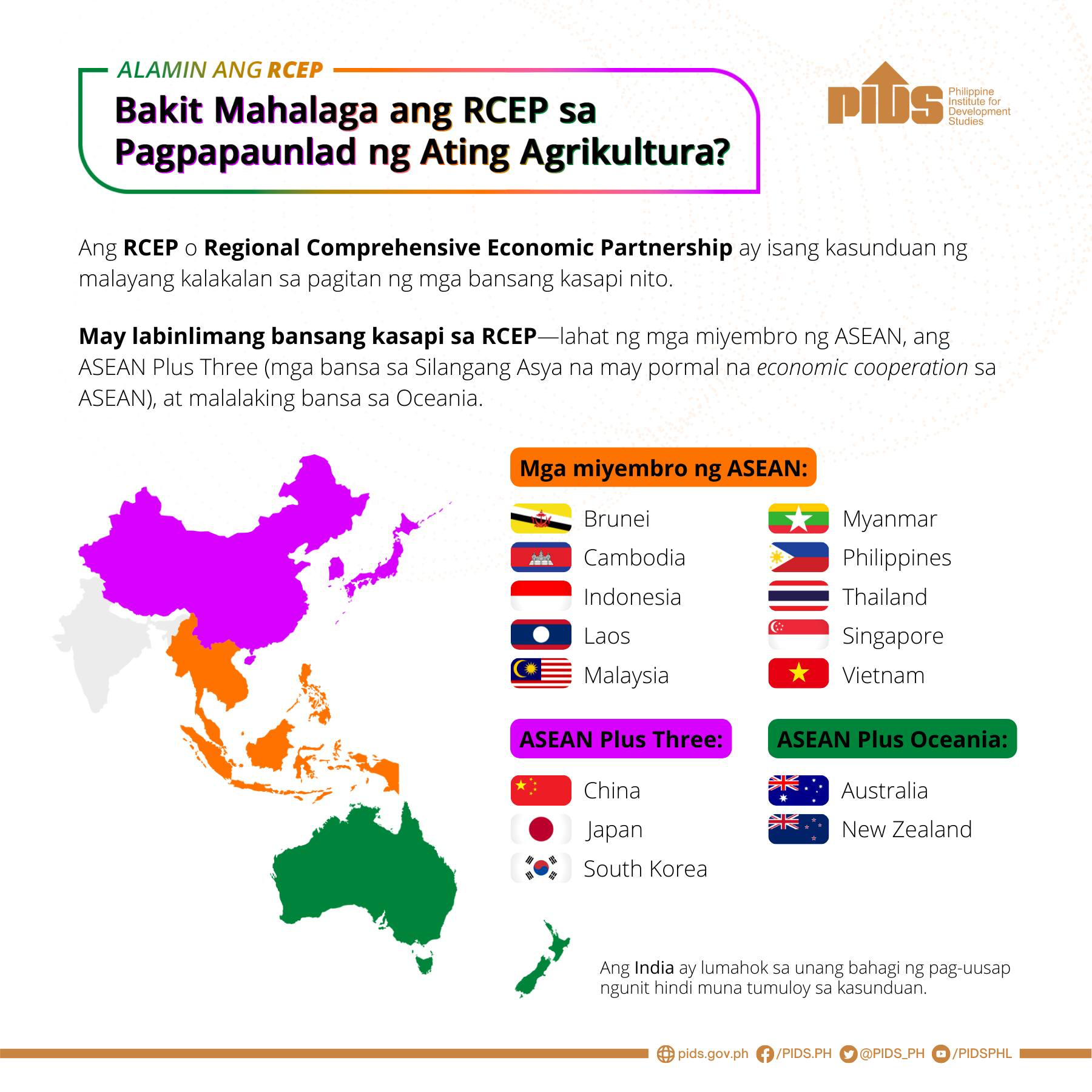While SEZs generate foreign investment and employment they also deprive farmers of their land and distort the economy
For 17 days in December 2012, at least 120 farmers and indigenous Agtas from the towns of Casiguran and San Ildefonso in Aurora province along the Pacific coast of northern Philippines marched 350 kilometers to Manila.
Their intent was to directly petition then President Benigno Aquino III to stop the implementation of the Aurora Pacific Economic Zone and Freeport (APECO). The 2,923-hectares of APECO would dislocate some 3,000 farmers, fisherfolk and indigenous people from their farmlands, fishing grounds, and ancestral lands. President Aquino met with the marchers but fell short of granting their main demand, instead offering compromise measures that left the marchers frustrated and angry.For 17 days in December 2012, 120 farmers and indigenous Agtas from the towns of Casiguran and San Ildefonso in Aurora province along the Pacific coast of northern Philippines marched 350 kilometers to Manila.
The past decades have seen a proliferation of special economic zones (SEZ) in the Philippines.
SEZs are meant to attract investments (mostly foreign) to contribute to the country’s economic growth and generate employment. Situated mainly in the countryside, however, SEZs also take up vast tracts of mainly agriculturally productive lands. In this manner, they encroach on farmlands cultivated by small farmers and indigenous groups.
Government systematically takes over these lands without regard for the legal rights of peasant and other rural families who have been toiling on them for generations.
SEZs have been the rage among governments and private investors in recent years. As enclaves of economic activities, they are preferred by both foreign and local investors because of the various incentives granted including tax, tariff, and regulatory perks which would otherwise apply in a non-SEZ environment.
At the same time, the Economist noted that they also “create distortions within economies” and many actually fail, “leaving a long trail of failed zones that either never got going, were poorly run, or where investors gladly took tax breaks without producing substantial employment or export earnings.”
PROTESTING. Members of Task Force Anti-APECO gathered outside the senate in 2015 to demand the budget of APECO be totally cut. File Photo by Gerard Lim/Rappler
SEZ attractiveness
In a 2011 World Bank publication, Thomas Farole and Gokhan Akinci see SEZ rules and regulation as being more free-market oriented than prevailing national and sub-national prescriptions, the latter being suspended within the confines of the SEZ.
They include generous tax holidays on income taxes and as much as 100 % on import and export duties, unrestricted repatriation of profits, government provisions for infrastructure including roads, bridges, utilities, and factory buildings.
In return for these incentives, governments usually merely require the payment of a minimal percentage of an SEZ investor-locator’s gross income.
As a further incentive, governments normally relax laws that protect workers’ rights and welfare. Specific types of SEZs include: free trade zones (FTZ), export processing zones (EPZ), industrial estates (IE), free ports, urban enterprise zones, tourism zones (including medical tourism), technology parks, and others.
From the very first modern SEZ established in Shannon Airport, Ireland in 1959, the number has now grown to over 4,000 SEZs in 73 countries. An estimated 68 million people work in them. The number of zones could top 5,000 before long.
SEZ track record
Farole and Akinci point out that SEZ’s track record has been a mixture of successes and failures.
Many SEZs “have been successful in generating exports and employment, and come out marginally positive in cost-benefit assessments.” Evidence, however, has also surfaced of SEZs turning into virtual “white elephants,” investors “taking advantage of tax breaks without producing substantial employment or export earnings,” of unsustainable zones due to rising labor costs or loss of preferential trade access, and failure “to extend benefits outside their enclaves or to contribute to upgrading of skills and the production base.”
Success indicators have to be redefined, writes Lotta Moberg. The normal parameters of “employment, FDI, export and production growth” and comparing these “to previous trends and to the rest of the country” are inadequate and may be too narrowly-focused.
Moberg argues that “the existence of economic activity in an SEZ does not make it a net positive to the economy” as its success may be due mainly to “an abundance of government subsidies” or is “located in an area naturally disposed to high growth.”
Employment generated may prove to be insecure “since multinationals may be more prone than others to relocate from an SEZ or restructure when their costs rise.”
Concerns were also expressed in 2008 by the World Bank’s Foreign Investment Advisory Services which cite “poor site locations, uncompetitive policies, poor zone development, subsidized rent, cumbersome procedures, inadequate administrative structures, and weak coordination between private developers and governments in infrastructure provision.”
The Bank further emphasized that “maximizing the benefits of zones depends on the extent to which they are integrated with their host economies” via “the development of backward and forward linkages and not as enclaves where their economic impacts are suppressed.”
The Economist writes that, in addition to the foregone tax revenues, SEZs also “create distortions inside economies, … (and) are increasingly a haven for money-laundering through, for instance, the mis-invoicing of exports.”
The takeover by SEZs of large tracts of often productive agricultural lands can be viewed in the context of a global phenomenon of land grabbing that has come to characterize land transformations in recent years, including the conversion of peasant-controlled lands for commercial plantations and biofuel production.
In Southeast Asia, a prominent case is that of the Dawei Special Economic Zone in Myanmar which, at an area coverage of 196,000 hectares, is billed as the region’s largest industrial complex with a deep seaport, industrial estate, and a 350-kilometer road network that ends in Bangkok.
The Amsterdam-based Transnational Institute estimates that 22,000 to 44,000 indigenous people in 20 to 36 Dawei and Karen farming villages will be displaced.
The Dawei Development Association has also criticized the project for widespread human rights abuses of local villagers including land seizures, forced evictions, insufficient compensation for confiscated farmland, and denial of their right to sufficient food and adequate housing.”
SEZs in the Philippines
Philippine special economic zones were established through Republic Act No. 7916, otherwise known as "The Special Economic Zone Act of 1995" as amended by Republic Act No. 8748.
The Philippine Economic Zone Authority (PEZA) administers these zones as an attached agency of the Department of Trade and Industry. Several incentives enjoyed by establishments operating within Philippine SEZs include:
• income tax holidays
• zero % duty on importation of capital equipment, spare parts, and accessories
• exemption from wharfage dues and export tax, impost or fees
• the simplification of customs procedures
• a tax of 5% of their gross income to the national government
As of May 31, 2015, a total of 326 SEZs have been operating in the Philippines.
Information technology parks lead the list with 216, followed by manufacturing zones with 68. Agro-industrial zones have 21, tourism zones have 19, while medical tourism zones have 2. Compared to the December 2012 number of 277 operating SEZs, there has been a 17.6% increase in the number of SEZs in the Philippines.
Evaluating Philippine SEZs
Similar to the record of SEZs in other parts of the world, the experience of Philippine SEZs has been mixed. Rosario Manasan, in a 2013 publication of the Philippine Institute of Development Studies (PIDS), outlines both the positive and negative outcomes.
On the positive side, PEZA improved the competitiveness of the country’s investment climate through its one-stop-shop model which reduces the cost of doing business and encouraging the establishment of privately-operated SEZs.
While FDIs in the country declined by 13% yearly from 2006 to 2010, FDIs in SEZs grew by 23% yearly in the same period.
Thus, PEZA’s share of total approved FDIs grew from 46% in 2000-2004 to 52 % in 2005-2010 while manufactured exports from SEZs increased from $19.5 billion in 2001 to $28.9 billion in 2009, an annual growth rate of 5 %.
In contrast, manufactured exports from non-SEZ firms declined by 9% yearly during the same period from $9.1 billion to $4.3 billion.
Employment-wise, SEZ workers increased by 10% yearly from 2001 to 2010 or from 289,548 to 735,672, doubling their share of total employment from 1% to 2 %. A rise in skill levels among SEZ workers was also noted particularly in the electronics industries with the rise in design and research related jobs.
On the negative side, SEZ performance has been deficient as forward and backward linkages remain at a low level thus preventing any “dynamic economic benefits.”
Manasan notes that locator investments have also been overly concentrated (90%) in the electrical and electrical machinery sectors thus increasing the country’s vulnerability to external shocks.
The import-dependent nature of SEZ firms resulted in low-value added electronic products which are mainly assemble electronic components while the processes and designs of original manufactured products are done by the foreign-based mother company.
Manasan observes that Filipino firms in the electronic sector are merely subcontracted to undertake low technology and low value-added operations.
Costs outweigh benefits
As with other SEZs in other Asian countries, Philippine SEZs “have costs that outweigh their benefits.”
Manasan cites the Bataan Export Processing Zone (BEPZ) where “its costs (consisting primarily of infrastructure development costs) exceeded the benefits (employment and associated wage income of workers in the ecozone, exports and associated foreign exchange earnings, local input purchases by ecozone enterprises, and government revenues).”
In APECO, despite “government investments amounting to P2.9 billion in an airstrip, port improvement, paving and rehabilitation of the Baler-Casiguran Highway, flood control, and other on-site improvements, there were only 10 approved locators as of April 2013 and only 3 of them have started doing business.” The APECO official website appears to be inactive and is silent on the number of investor-locators.
As a tool for spurring and encouraging regional development, SEZs have also “been, almost without exception, a failure” especially in geographical areas located far from developing regions and are of low economic density.
To make matters worse, Manasan says that some SEZs have become conduits for smuggling activities particularly in used automobiles. This has cost the Philippine government P58 billion in lost taxes from 2007 to 2009.
Overall, the tax holidays and other incentives have caused the government to give up P61 billion in foregone revenues from just 29 % of reporting locator firms in SEZs in 2011 alone.
The social costs of Philippine SEZs have been equally disturbing.
A 2015 study by Ateneo de Manila University scholars, Jerome Patrick Cruz, Hansley Juliano, and Enrico La Viña, point to aggressive giant property developers and special economic zones in almost all regions of the country as leading a drive for “aggressive land use change of agricultural and forest lands” in what has now become the most prominent form of land conversions and transformations.
Cruz, Juliano, and La Viña further report the displacements of Filipino rural communities from their inhabited lands, and typically accompanied by human rights abuses such as intimidation, forcible evictions and killings … all suggest(ing) that a more aggressive drive for commercially-linked land seizures is now under way.”
As early as 1990, Sixto K. Roxas was convinced that the SEZ strategy is harmful to the overall development of the Philippine economy because it is being planned and implemented at the expense of agricultural development.
Alternatives
In order to become viable contributors to a national development that is sustainable and inclusive, SEZs have to establish strong linkages with the local economies and be diversified in their product lines.
Incentives must be commensurate with the incomes they provide the national coffers and the costs incurred by government. Planned SEZs must be the result of consultations with affected communities and must not encroach on agricultural lands especially those covered by the Comprehensive Agrarian Reform Program and tilled by small farm holders and the ancestral domains of indigenous peoples.
Pending an independent audit of SEZ performance in the country, there should be a moratorium on the establishment of new SEZs.
While opposing the APECO project, residents of Casiguran and their support groups also proposed an alternative vision of development, one based on “inclusive and sustainable agriculture by organizing organic agriculture, microfinance, and disaster rehabilitation ventures.”
They have also been championing a form of development which begins by establishing a dialogue with and respecting the rights of those whom it seeks to benefit.
The aim should be to heighten their capabilities as persons rather than treating them as passive and incapable actors. – Rappler.com
Eduardo Climaco Tadem, Ph.D., is Professorial Lecturer in Asian Studies at the University of the Philippines Diliman and President of the Freedom from Debt Coalition (FDC).
For 17 days in December 2012, at least 120 farmers and indigenous Agtas from the towns of Casiguran and San Ildefonso in Aurora province along the Pacific coast of northern Philippines marched 350 kilometers to Manila.
Their intent was to directly petition then President Benigno Aquino III to stop the implementation of the Aurora Pacific Economic Zone and Freeport (APECO). The 2,923-hectares of APECO would dislocate some 3,000 farmers, fisherfolk and indigenous people from their farmlands, fishing grounds, and ancestral lands. President Aquino met with the marchers but fell short of granting their main demand, instead offering compromise measures that left the marchers frustrated and angry.For 17 days in December 2012, 120 farmers and indigenous Agtas from the towns of Casiguran and San Ildefonso in Aurora province along the Pacific coast of northern Philippines marched 350 kilometers to Manila.
The past decades have seen a proliferation of special economic zones (SEZ) in the Philippines.
SEZs are meant to attract investments (mostly foreign) to contribute to the country’s economic growth and generate employment. Situated mainly in the countryside, however, SEZs also take up vast tracts of mainly agriculturally productive lands. In this manner, they encroach on farmlands cultivated by small farmers and indigenous groups.
Government systematically takes over these lands without regard for the legal rights of peasant and other rural families who have been toiling on them for generations.
SEZs have been the rage among governments and private investors in recent years. As enclaves of economic activities, they are preferred by both foreign and local investors because of the various incentives granted including tax, tariff, and regulatory perks which would otherwise apply in a non-SEZ environment.
At the same time, the Economist noted that they also “create distortions within economies” and many actually fail, “leaving a long trail of failed zones that either never got going, were poorly run, or where investors gladly took tax breaks without producing substantial employment or export earnings.”
PROTESTING. Members of Task Force Anti-APECO gathered outside the senate in 2015 to demand the budget of APECO be totally cut. File Photo by Gerard Lim/Rappler
SEZ attractiveness
In a 2011 World Bank publication, Thomas Farole and Gokhan Akinci see SEZ rules and regulation as being more free-market oriented than prevailing national and sub-national prescriptions, the latter being suspended within the confines of the SEZ.
They include generous tax holidays on income taxes and as much as 100 % on import and export duties, unrestricted repatriation of profits, government provisions for infrastructure including roads, bridges, utilities, and factory buildings.
In return for these incentives, governments usually merely require the payment of a minimal percentage of an SEZ investor-locator’s gross income.
As a further incentive, governments normally relax laws that protect workers’ rights and welfare. Specific types of SEZs include: free trade zones (FTZ), export processing zones (EPZ), industrial estates (IE), free ports, urban enterprise zones, tourism zones (including medical tourism), technology parks, and others.
From the very first modern SEZ established in Shannon Airport, Ireland in 1959, the number has now grown to over 4,000 SEZs in 73 countries. An estimated 68 million people work in them. The number of zones could top 5,000 before long.
SEZ track record
Farole and Akinci point out that SEZ’s track record has been a mixture of successes and failures.
Many SEZs “have been successful in generating exports and employment, and come out marginally positive in cost-benefit assessments.” Evidence, however, has also surfaced of SEZs turning into virtual “white elephants,” investors “taking advantage of tax breaks without producing substantial employment or export earnings,” of unsustainable zones due to rising labor costs or loss of preferential trade access, and failure “to extend benefits outside their enclaves or to contribute to upgrading of skills and the production base.”
Success indicators have to be redefined, writes Lotta Moberg. The normal parameters of “employment, FDI, export and production growth” and comparing these “to previous trends and to the rest of the country” are inadequate and may be too narrowly-focused.
Moberg argues that “the existence of economic activity in an SEZ does not make it a net positive to the economy” as its success may be due mainly to “an abundance of government subsidies” or is “located in an area naturally disposed to high growth.”
Employment generated may prove to be insecure “since multinationals may be more prone than others to relocate from an SEZ or restructure when their costs rise.”
Concerns were also expressed in 2008 by the World Bank’s Foreign Investment Advisory Services which cite “poor site locations, uncompetitive policies, poor zone development, subsidized rent, cumbersome procedures, inadequate administrative structures, and weak coordination between private developers and governments in infrastructure provision.”
The Bank further emphasized that “maximizing the benefits of zones depends on the extent to which they are integrated with their host economies” via “the development of backward and forward linkages and not as enclaves where their economic impacts are suppressed.”
The Economist writes that, in addition to the foregone tax revenues, SEZs also “create distortions inside economies, … (and) are increasingly a haven for money-laundering through, for instance, the mis-invoicing of exports.”
The takeover by SEZs of large tracts of often productive agricultural lands can be viewed in the context of a global phenomenon of land grabbing that has come to characterize land transformations in recent years, including the conversion of peasant-controlled lands for commercial plantations and biofuel production.
In Southeast Asia, a prominent case is that of the Dawei Special Economic Zone in Myanmar which, at an area coverage of 196,000 hectares, is billed as the region’s largest industrial complex with a deep seaport, industrial estate, and a 350-kilometer road network that ends in Bangkok.
The Amsterdam-based Transnational Institute estimates that 22,000 to 44,000 indigenous people in 20 to 36 Dawei and Karen farming villages will be displaced.
The Dawei Development Association has also criticized the project for widespread human rights abuses of local villagers including land seizures, forced evictions, insufficient compensation for confiscated farmland, and denial of their right to sufficient food and adequate housing.”
SEZs in the Philippines
Philippine special economic zones were established through Republic Act No. 7916, otherwise known as "The Special Economic Zone Act of 1995" as amended by Republic Act No. 8748.
The Philippine Economic Zone Authority (PEZA) administers these zones as an attached agency of the Department of Trade and Industry. Several incentives enjoyed by establishments operating within Philippine SEZs include:
• income tax holidays
• zero % duty on importation of capital equipment, spare parts, and accessories
• exemption from wharfage dues and export tax, impost or fees
• the simplification of customs procedures
• a tax of 5% of their gross income to the national government
As of May 31, 2015, a total of 326 SEZs have been operating in the Philippines.
Information technology parks lead the list with 216, followed by manufacturing zones with 68. Agro-industrial zones have 21, tourism zones have 19, while medical tourism zones have 2. Compared to the December 2012 number of 277 operating SEZs, there has been a 17.6% increase in the number of SEZs in the Philippines.
Evaluating Philippine SEZs
Similar to the record of SEZs in other parts of the world, the experience of Philippine SEZs has been mixed. Rosario Manasan, in a 2013 publication of the Philippine Institute of Development Studies (PIDS), outlines both the positive and negative outcomes.
On the positive side, PEZA improved the competitiveness of the country’s investment climate through its one-stop-shop model which reduces the cost of doing business and encouraging the establishment of privately-operated SEZs.
While FDIs in the country declined by 13% yearly from 2006 to 2010, FDIs in SEZs grew by 23% yearly in the same period.
Thus, PEZA’s share of total approved FDIs grew from 46% in 2000-2004 to 52 % in 2005-2010 while manufactured exports from SEZs increased from $19.5 billion in 2001 to $28.9 billion in 2009, an annual growth rate of 5 %.
In contrast, manufactured exports from non-SEZ firms declined by 9% yearly during the same period from $9.1 billion to $4.3 billion.
Employment-wise, SEZ workers increased by 10% yearly from 2001 to 2010 or from 289,548 to 735,672, doubling their share of total employment from 1% to 2 %. A rise in skill levels among SEZ workers was also noted particularly in the electronics industries with the rise in design and research related jobs.
On the negative side, SEZ performance has been deficient as forward and backward linkages remain at a low level thus preventing any “dynamic economic benefits.”
Manasan notes that locator investments have also been overly concentrated (90%) in the electrical and electrical machinery sectors thus increasing the country’s vulnerability to external shocks.
The import-dependent nature of SEZ firms resulted in low-value added electronic products which are mainly assemble electronic components while the processes and designs of original manufactured products are done by the foreign-based mother company.
Manasan observes that Filipino firms in the electronic sector are merely subcontracted to undertake low technology and low value-added operations.
Costs outweigh benefits
As with other SEZs in other Asian countries, Philippine SEZs “have costs that outweigh their benefits.”
Manasan cites the Bataan Export Processing Zone (BEPZ) where “its costs (consisting primarily of infrastructure development costs) exceeded the benefits (employment and associated wage income of workers in the ecozone, exports and associated foreign exchange earnings, local input purchases by ecozone enterprises, and government revenues).”
In APECO, despite “government investments amounting to P2.9 billion in an airstrip, port improvement, paving and rehabilitation of the Baler-Casiguran Highway, flood control, and other on-site improvements, there were only 10 approved locators as of April 2013 and only 3 of them have started doing business.” The APECO official website appears to be inactive and is silent on the number of investor-locators.
As a tool for spurring and encouraging regional development, SEZs have also “been, almost without exception, a failure” especially in geographical areas located far from developing regions and are of low economic density.
To make matters worse, Manasan says that some SEZs have become conduits for smuggling activities particularly in used automobiles. This has cost the Philippine government P58 billion in lost taxes from 2007 to 2009.
Overall, the tax holidays and other incentives have caused the government to give up P61 billion in foregone revenues from just 29 % of reporting locator firms in SEZs in 2011 alone.
The social costs of Philippine SEZs have been equally disturbing.
A 2015 study by Ateneo de Manila University scholars, Jerome Patrick Cruz, Hansley Juliano, and Enrico La Viña, point to aggressive giant property developers and special economic zones in almost all regions of the country as leading a drive for “aggressive land use change of agricultural and forest lands” in what has now become the most prominent form of land conversions and transformations.
Cruz, Juliano, and La Viña further report the displacements of Filipino rural communities from their inhabited lands, and typically accompanied by human rights abuses such as intimidation, forcible evictions and killings … all suggest(ing) that a more aggressive drive for commercially-linked land seizures is now under way.”
As early as 1990, Sixto K. Roxas was convinced that the SEZ strategy is harmful to the overall development of the Philippine economy because it is being planned and implemented at the expense of agricultural development.
Alternatives
In order to become viable contributors to a national development that is sustainable and inclusive, SEZs have to establish strong linkages with the local economies and be diversified in their product lines.
Incentives must be commensurate with the incomes they provide the national coffers and the costs incurred by government. Planned SEZs must be the result of consultations with affected communities and must not encroach on agricultural lands especially those covered by the Comprehensive Agrarian Reform Program and tilled by small farm holders and the ancestral domains of indigenous peoples.
Pending an independent audit of SEZ performance in the country, there should be a moratorium on the establishment of new SEZs.
While opposing the APECO project, residents of Casiguran and their support groups also proposed an alternative vision of development, one based on “inclusive and sustainable agriculture by organizing organic agriculture, microfinance, and disaster rehabilitation ventures.”
They have also been championing a form of development which begins by establishing a dialogue with and respecting the rights of those whom it seeks to benefit.
The aim should be to heighten their capabilities as persons rather than treating them as passive and incapable actors. – Rappler.com
Eduardo Climaco Tadem, Ph.D., is Professorial Lecturer in Asian Studies at the University of the Philippines Diliman and President of the Freedom from Debt Coalition (FDC).

